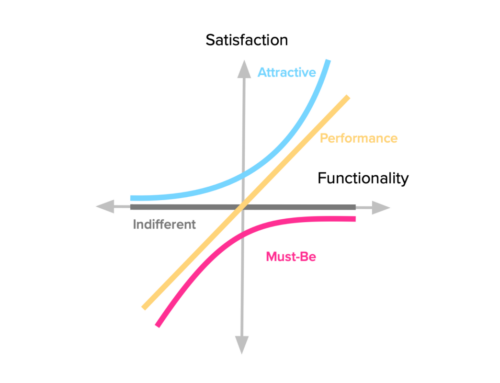
How many participants are enough for a usability test? Is there a magic number that ensures reliable insights? Testing with just five participants is a concept that challenges traditional research norms.
Debunking Sample Size Norms
Traditionally, researchers have adhered to the notion that larger sample sizes yield more robust results. However, this paradigm is being challenged by the concept of testing with just five participants. The idea behind this unconventional approach lies in the principle of diminishing returns.
While larger sample sizes may indeed uncover additional usability issues, the cost and time required to recruit, schedule, and conduct tests with a larger group can outweigh the benefits. The goal of usability testing is not to find every possible issue, but to identify the most critical and impactful problems that hinder user experiences.
The Power of Early Insights & Lean UX
Testing with five participants aligns seamlessly with the principles of Lean UX. By conducting tests with a small group early in the design process, researchers can quickly identify and address glaring usability issues, ensuring that the final product aligns with user needs and expectations.
The iterative nature of Lean UX is perfectly suited for testing with a smaller sample size. Designers can make rapid adjustments based on early insights, enabling them to test and refine solutions in a more agile and efficient manner. This approach fosters a culture of continuous improvement and ensures that design decisions are grounded in real user behaviors.
Quality over Quantity
Testing with five participants encourages researchers to prioritize the depth of insights over sheer quantity. By focusing on a smaller group, researchers can invest more time and attention into each participant’s feedback, enabling them to uncover nuanced issues that might go unnoticed in larger, more superficial tests.
The quality of insights gained from in-depth interactions with participants often outweighs the benefits of testing with a larger group. Researchers can engage in probing conversations, ask follow-up questions, and gain a deep understanding of user motivations and pain points. This level of engagement is crucial for informing design decisions and creating experiences that truly resonate with users.
Uncovering Patterns in Feedback
Contrary to what one might assume, testing with a small group often reveals consistent patterns in user feedback. Usability issues that arise with multiple participants are likely to be prevalent across a larger user base. This means that even with a small sample size, researchers can uncover critical problems that have a significant impact on the user experience.
Identifying common themes early on allows designers to address fundamental issues that have a ripple effect on the overall usability. By tackling these core problems, designers can enhance the user experience for a larger audience, making the testing with five participants a highly efficient approach.
Balancing Constraints and Insights
Testing with five participants strikes a delicate balance between research constraints and valuable insights. While larger sample sizes may offer a higher statistical significance, they often come at the cost of time, resources, and efficiency. On the other hand, testing with a single participant may lack diversity and fail to capture a comprehensive range of user behaviors.
For many UX research scenarios, testing with five participants provides a sweet spot. It offers a pragmatic compromise that delivers actionable insights without overwhelming the research process. By strategically selecting participants that represent the target audience and conducting focused tests, researchers can make the most of this approach and drive meaningful improvements in the user experience.










